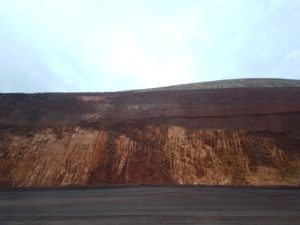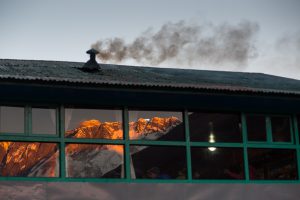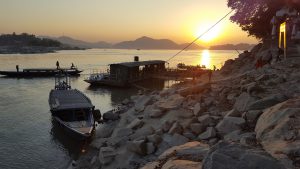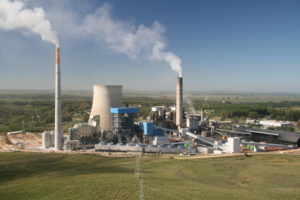The E 35, or Hazara Expressway, is a 110 kilometre under-construction expressway linking Hasan Abdal in Pakistan’s Punjab province with Haripur, Havelian, Abbottabad, Mansehra, Shinkiari, Battagram and Thakot in the province of Khyber Pakhtunkhwa (KP). These cities are famous for the beauty of their natural surroundings, nestled as they are in the Himalayas. The expressway is facing the ire of local people for the damage it is doing to that environment.
People affected by the construction work in the districts of Battagram and Abbottabad have brought the construction to a halt. In Battagram work resumed after negotiations, but in Abbottabad locals are not allowing work to begin on a ten kilometre stretch.
Anwar Baig, a property dealer and the senior member of the action committee set up in Battagram district told thethirdpole.net that the tribal jirga set a deadline of July 5 for the government to fulfil the demands raised by the committee. If this deadline was not met, construction work in Battagram would be stopped as well.
“We will not compromise on the compensation [for land acquired by the government for the expressway], but we are also concerned about the environmental hazards which are now affecting the local communities,” he said.
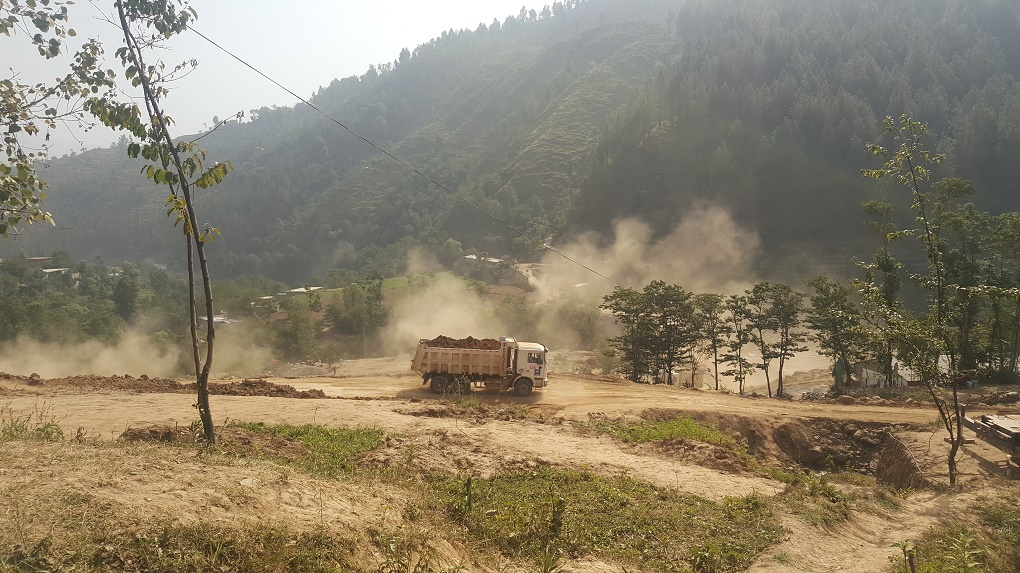
The committee had demanded that a revised plan be presented to deal with these environmental changes, especially the cutting of trees and the construction work, he added.
Malik Maqsood Ahmed, a British-Pakistani, with businesses in London, is the president of the committee of the affected people in Abbottabad. He said that until their demands were met, they would not allow the construction of the road.
Both Baig and Ahmed are clear that they do not oppose the construction, or the China Pakistan Economic Corridor (CPEC), but they want fair compensation for the land, as had been promised, and a reduction in the environmental destruction in the region.
According to the information obtained from the National Highway Authority (NHA) and the revenue ministry of KP, 120 villages and 5,000 families will be affected by the road project. Half of these families who will have to relocate are from the lower middle class.
According to the KP forest department, 27,059 trees have already been cut down and 50,000 more will be felled for the project.

The Asian Development Bank (ADB) had uploaded an EIA report obtained in 2012, but the construction work only started in 2016 when the mega expressway route was changed and extended from Havalian to Thakot. It is not clear if the change and extension of the route had been factored in.
According to legal experts a new EIA report must be filed, and a No Objection Certificate (NOC) needs to be issued. This is legally binding under the Environmental Protection Act (2014) of Khyber Pakhtunkhwa.
Malik Amin Aslam, the Chairperson of Green Growth Program KP and global Vice President of IUCN, said, “The EIA is a tool which would compile the environmental costs and benefits of all CPEC projects including the effect of tree cutting if being done. The cutting of any tree does certainly have a damaging effect on local climatic conditions.”
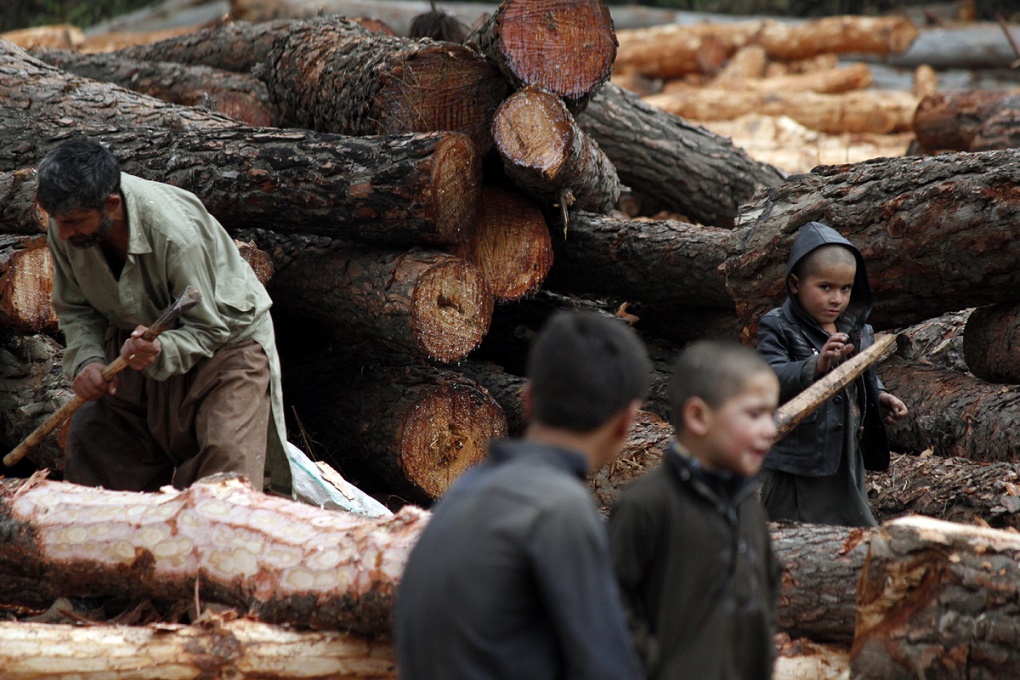
Mandi Zaman, a former deputy attorney general of KP, backs the idea of an SEA. He said, “Pakistan and its Himalayan Hindu Kush region is already facing natural disasters due to climate change and environmental degradation. Now if the construction of the mega projects ignores the environment, it will bring more destruction to the community.”
Mustaq Ahmad Ghani, an elected Member of the KP Assembly from Abbottabad and spokesperson for the KP government, said that KP is already facing financial losses as well as the loss of lives due to climate change. In this scenario, it is important to do a proper environment study in the area where CPEC infrastructure construction is underway.

With the July 5 deadline fast approaching, it is to be seen how federal and provincial authorities deal with the demands of the people in the path of CPEC.
![<p>Protestors in Abbottabad demonstrate against lack of compensation, environmental degradation [image by Mohammad Zubair Khan]</p>](https://dialogue.earth/content/uploads/2017/06/CPEC-1.jpg)


![A newly built water tank on top of the Srinagar Hill in Palpa, western Nepal [image by: Abhaya Raj Joshi]](https://dialogue.earth/content/uploads/2017/07/water-tank-in-Srinagar-300x172.jpg)
